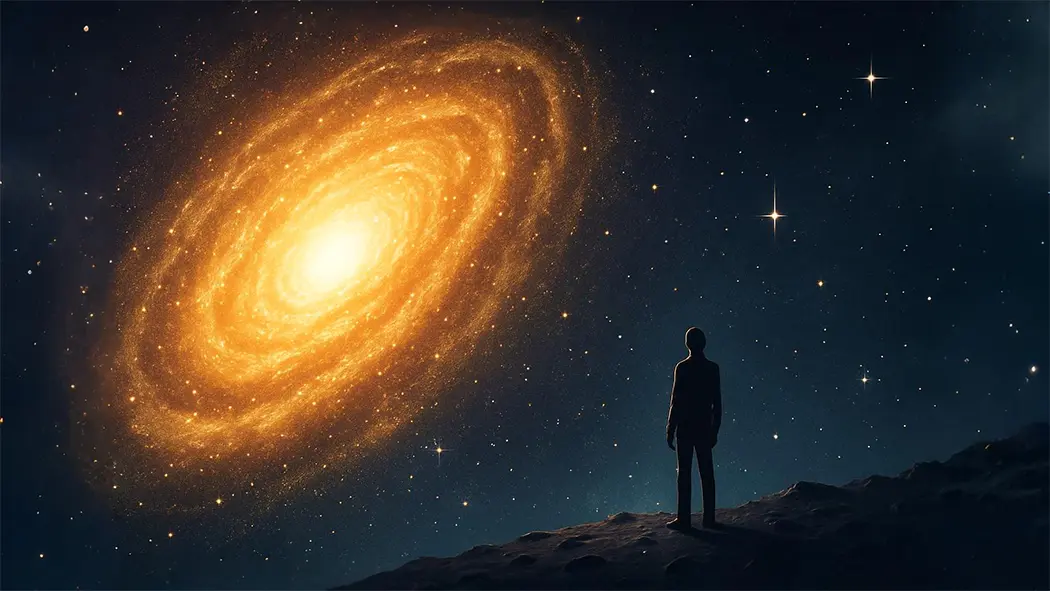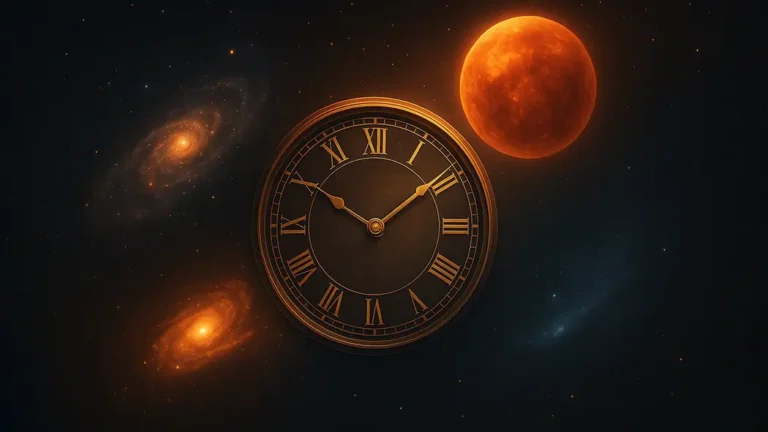What is the biggest thing in the universe? This question sounds simple. But the answer takes us on a journey across space. We will start small and slowly go bigger. And don’t worry—we will keep everything easy to understand.
Earth and Sun: Small in the Big Picture
Earth is our home. It feels big to us. But compared to many things in space, it is small. Very small.
The Sun is much bigger than Earth. You could fit more than a million Earths inside the Sun. That sounds like a lot. And it is. But the Sun is not even close to being the biggest star.
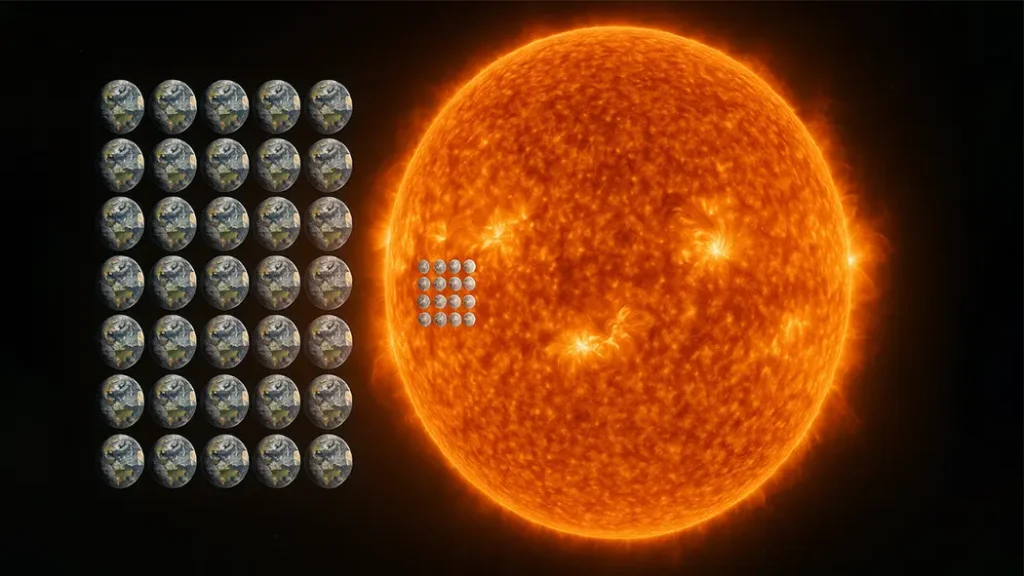
Bigger Stars Than Our Sun
Some stars are huge. One of them is called UY Scuti. It is a supergiant star. If we placed UY Scuti where our Sun is, it would stretch beyond Jupiter’s orbit.
That means this star could hold billions of Suns inside it. Now that is big.
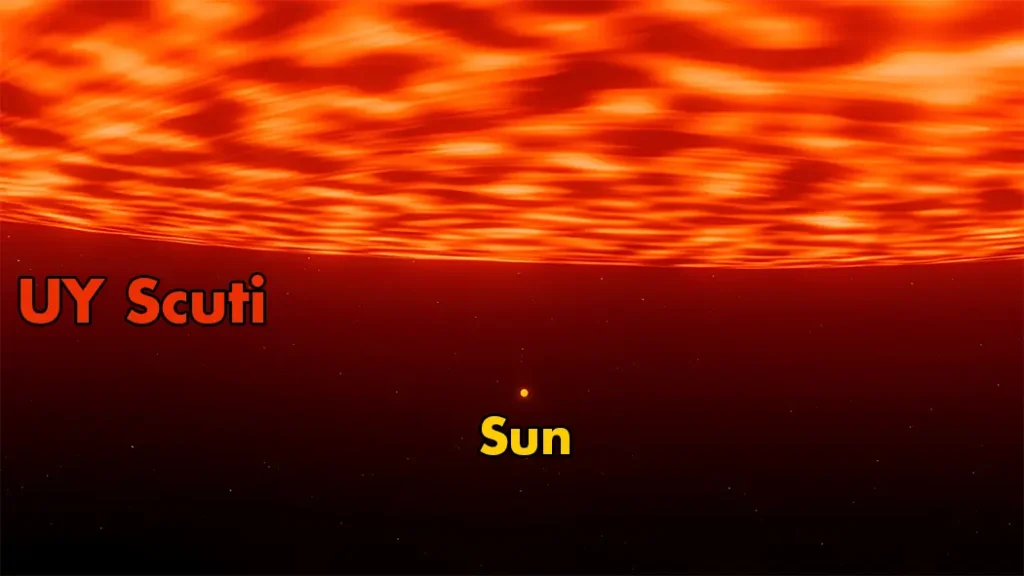
Still, stars are just one type of object in the universe. There are even bigger things out there.
Star Clusters
Stars like to gather. They often come together in groups. These groups are called star clusters.
There are two main types of clusters:
- Open clusters (young and small)
- Globular clusters (older and larger)
Globular clusters are bigger and older. Some can have hundreds of thousands of stars packed tightly together.
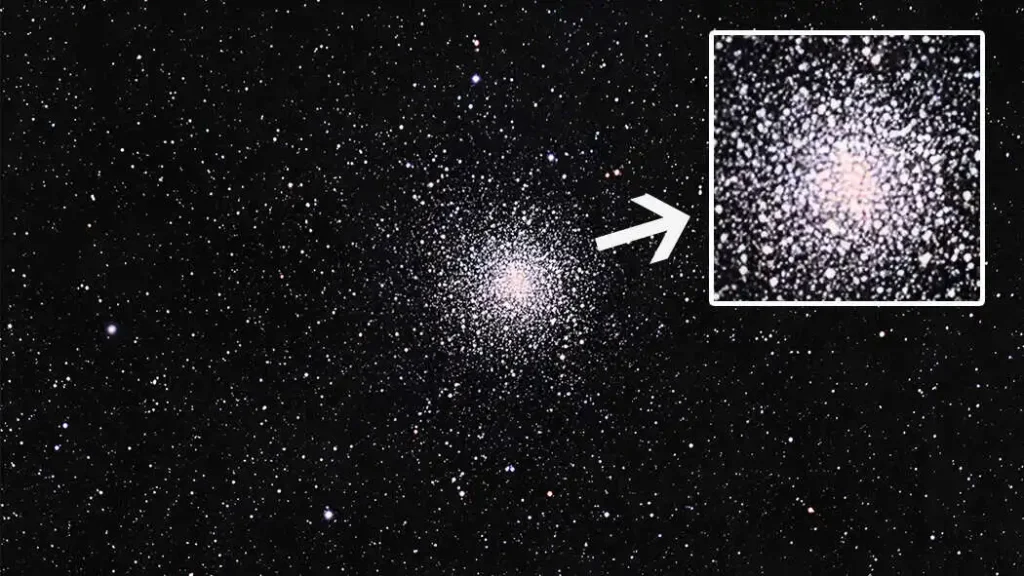
Even so, a star cluster is just a small piece of something much bigger.
Galaxies: Islands of Stars
A galaxy is a massive group of stars. Our Sun is part of one called the Milky Way. It holds around 100 billion stars. Some galaxies have even more.
The Andromeda Galaxy, for example, is larger than the Milky Way. Then there are galaxies like IC 1101, which is even bigger. It may have over 100 trillion stars.
That is a number hard to imagine. But galaxies are not alone. They also like to group together.
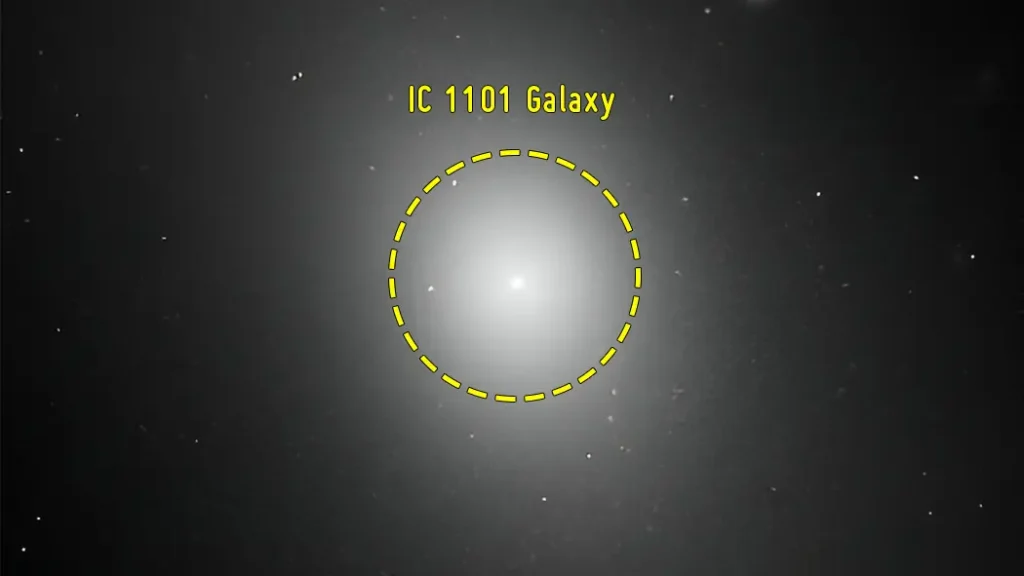
Galaxy Groups and Clusters
Galaxies are not spread out evenly in space. They are pulled together by gravity. They form groups and clusters.
A galaxy group may have a few galaxies. A galaxy cluster can have hundreds or even thousands of galaxies. These clusters often contain a lot of hot gas. This gas can stretch across millions of light-years.
Our Milky Way is part of a group called the Local Group. This group is part of a bigger cluster known as the Virgo Cluster.
But even galaxy clusters are not the end of the line.
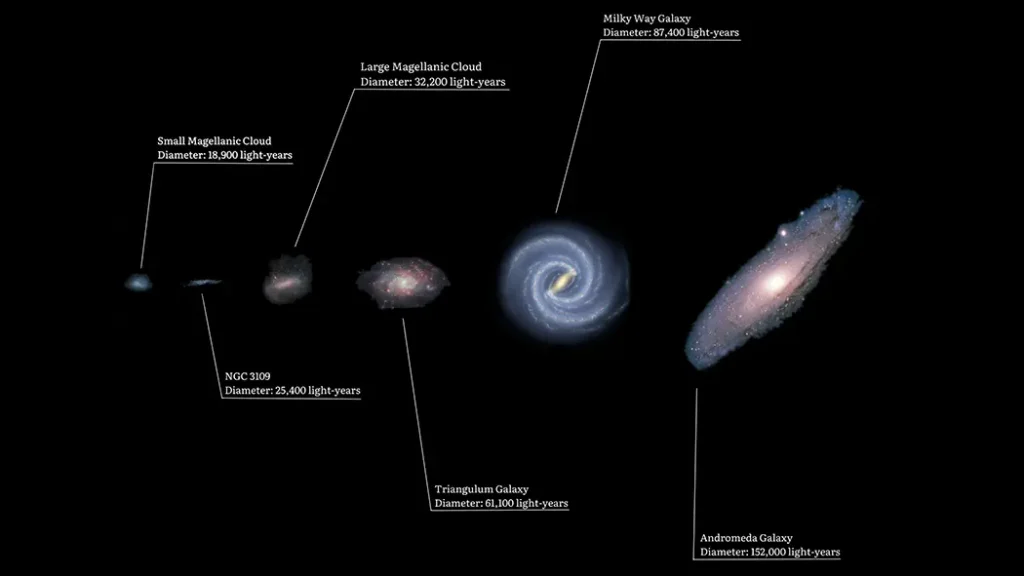
Superclusters: Even Bigger Structures
Galaxy clusters also group together. These larger structures are called superclusters.
The Laniakea Supercluster is where our galaxy lives. It holds over 100,000 galaxies. It stretches more than 500 million light-years across.
To give you an idea, light from one side would take over 500 million years to reach the other side. And light is the fastest thing in the universe.
Yet, there is something even bigger than superclusters.
The Cosmic Web: The Universe’s Skeleton
When we zoom out even more, we find the cosmic web. It shows the large-scale structure of the universe.
It is made up of superclusters, clusters, and galaxies. These are all connected by long threads of dark matter and gas. These threads stretch across billions of light-years.
Between the threads are empty spaces called voids. These voids have very few galaxies in them. The result looks like a giant web or sponge.
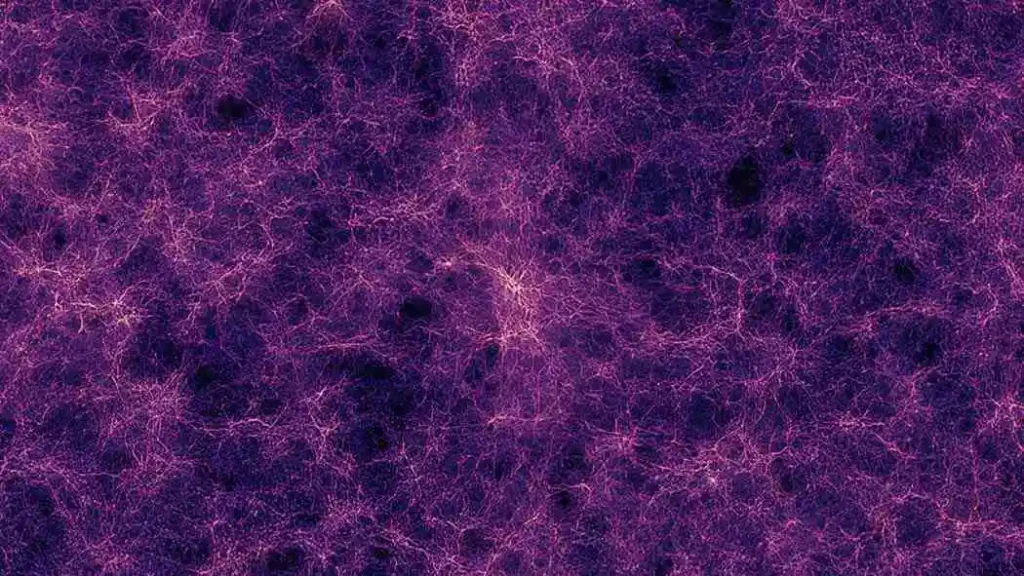
The cosmic web is not just big. It is massive beyond belief. It forms the large-scale shape of the universe.
Still, scientists have found something that might be even larger.
The Largest Known Structure: The Hercules–Corona Borealis Great Wall
The Hercules–Corona Borealis Great Wall may be the biggest thing in the universe.
It is not a wall in the usual sense. It is a huge group of galaxies. It is called a galaxy filament. It stretches over 10 billion light-years.
Let that sink in.
That means light takes more than 10 billion years to travel from one end to the other. And remember, light travels at 300,000 kilometers per second.
This “great wall” is bigger than any supercluster or cosmic thread ever found. It is so large that it challenges our understanding of the universe.
According to what we know, the universe should look nearly the same in all directions. A structure this large makes us rethink that idea.
What Is the Biggest Thing in the Universe?
Some scientists now say the Quipu is the biggest confirmed structure in the universe.
It is not as big as the Great Wall. But it is better confirmed. That means we are more sure it is real.
Quipu is a long chain of galaxy clusters. It looks like a long thread in space. It was found in early 2025. It stretches about 1.4 billion light-years. That is still massive.
It is named after an old Inca tool used for keeping records. The structure looks like twisted cords, just like the tool.
Unlike the Great Wall, Quipu has been seen and mapped more clearly. It shows a long, connected thread of galaxies and gas. This makes it easier for scientists to accept.
In short:
- The Great Wall is bigger, but its existence is still debated.
- Quipu is smaller, but it is confirmed.
So, the Hercules–Corona Borealis Great Wall might be the biggest thing ever found. But Quipu is the biggest confirmed structure.
Could There Be Something Bigger?
Maybe. Maybe not.
The problem is, we can only see part of the universe. Light takes time to travel. The farther away something is, the longer its light takes to reach us.
The universe is about 13.8 billion years old. That means we can only see light that has had enough time to reach us. This creates a limit. We call it the observable universe.
It is possible that beyond this limit, even bigger things exist. But we cannot see them. Not yet.
What Makes Something “The Biggest”?
When we ask “what is the biggest thing in the universe,” we need to be clear about what we mean by “biggest.” There are many ways to define it.
- A star might be the biggest by volume.
- A galaxy might be the biggest by number of stars.
- A supercluster might be the biggest by the number of galaxies.
- A structure like the Great Wall might be the biggest by total size.
- And now we have Quipu, which might be the biggest by being the largest confirmed structure.
Each of these is true in its own way. So, the answer depends on what kind of “big” you mean.
Why Do These Big Things Matter?
It is not just about size. These giant objects help us understand how the universe works.
They tell us how galaxies form and grow. They show us the role of gravity over time. They help us test our ideas about space, time, and even dark matter.
When we study the biggest things, we also learn about the early universe. We learn how tiny changes long ago shaped the huge structures we see now.
Final Thoughts
So, what is the biggest thing in the universe?
If we go by size, it is likely the Hercules–Corona Borealis Great Wall. It stretches over 10 billion light-years. That makes it the largest structure ever found.
But if we ask what is the largest confirmed structure, the answer is Quipu. It is smaller than the Great Wall but better mapped. It stretches about 1.4 billion light-years.
So the answer depends on what we mean by “biggest.”
But the story does not end there.
Space is full of mysteries. Every time we build better tools, we find new things. Bigger things. Stranger things.
One day, we may find something even larger. Or we may learn that space is different than we thought.
Until then, the universe remains a place full of wonder—and very, very big things.
